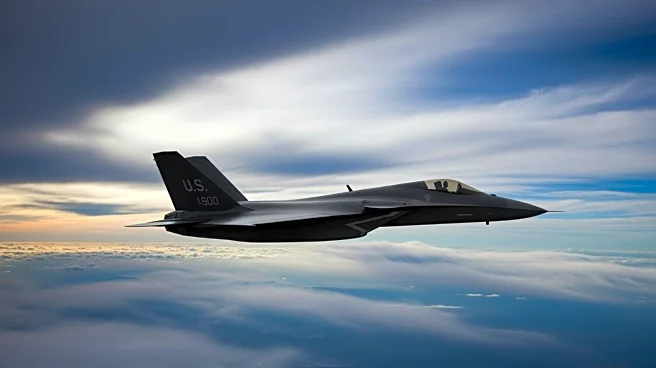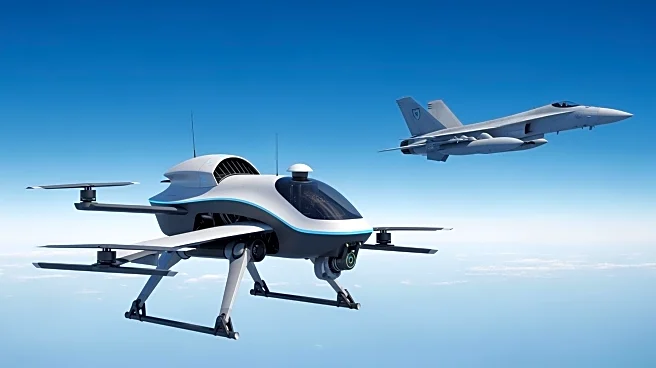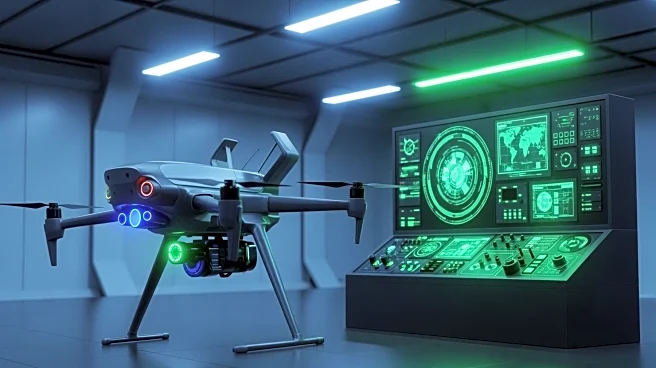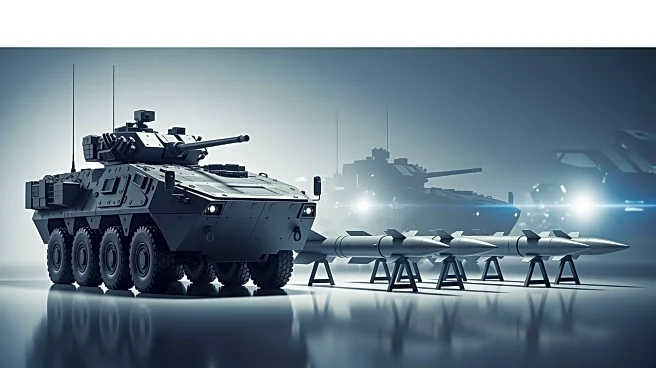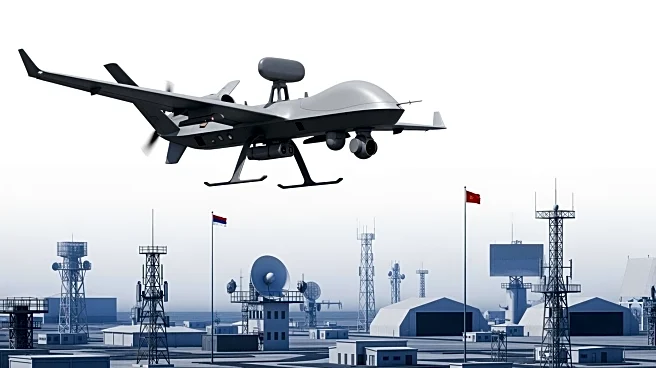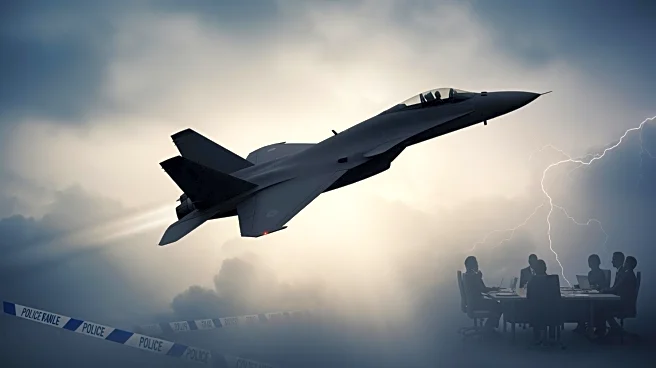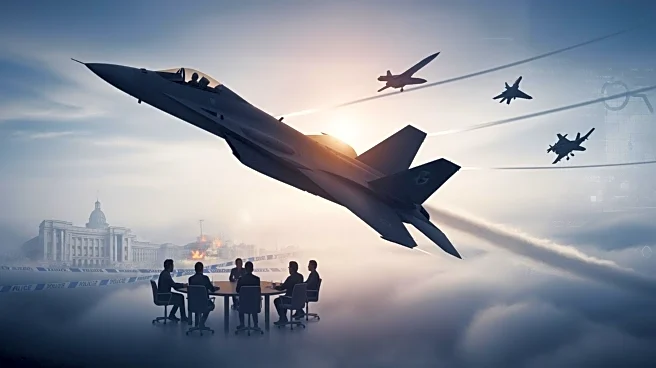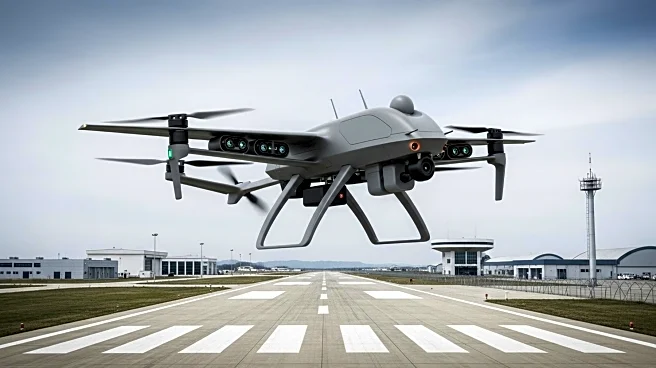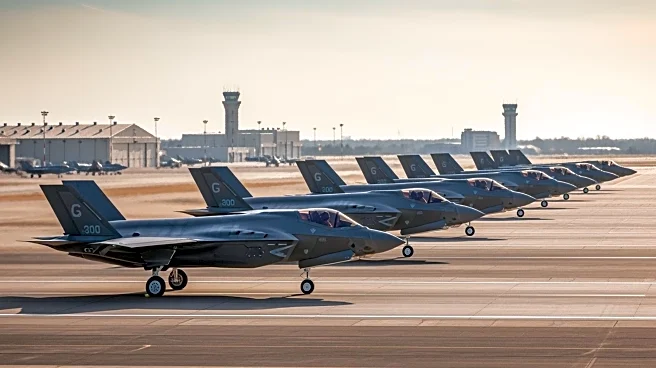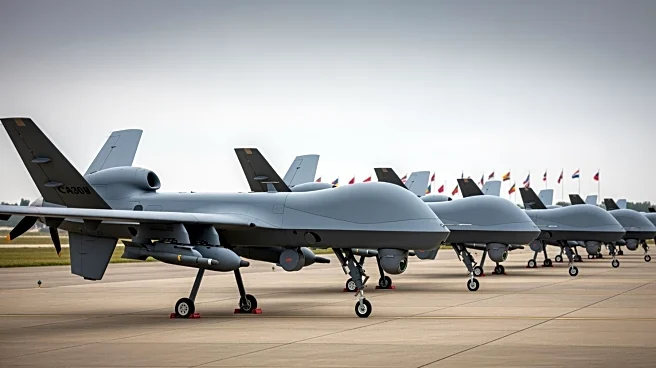What's Happening?
The Netherlands has signed a letter of intent to join the U.S. Air Force's collaborative combat aircraft (CCA) program, aiming to enhance its fleet of F-35 fighter jets. This partnership is part of a broader
effort to boost the country's defenses and drone technology. The agreement allows the Netherlands access to the CCA program as it develops, enabling data sharing and input for requirements in Europe. The collaboration with General Atomics will focus on developing new unmanned aircraft systems for intelligence, surveillance, and reconnaissance.
Why It's Important?
The Netherlands' participation in the CCA program signifies a strengthening of transatlantic defense ties and a commitment to modernizing military capabilities. By integrating unmanned systems, the Netherlands aims to address security threats, particularly in light of increased drone activity in Europe. This partnership also presents opportunities for both countries to bolster their defense industries, fostering innovation and economic growth. The collaboration could enhance the Netherlands' ability to respond to hybrid threats and improve its strategic positioning in the European theater.
What's Next?
The Netherlands will continue to work closely with U.S. defense companies to develop and implement the CCA program. This may involve further agreements and investments in drone technology and defense systems. As the program progresses, both countries will likely explore additional opportunities for collaboration and co-production, potentially leading to new defense initiatives and joint exercises. The focus on unmanned systems could also drive advancements in AI and automation within the defense sector.
Beyond the Headlines
The integration of unmanned systems into military operations raises questions about the ethical use of autonomous technology in warfare. As these systems become more prevalent, there will be a need for international guidelines and agreements to ensure their responsible deployment. Additionally, the collaboration may influence defense policies and spending priorities in Europe, as countries seek to balance traditional military capabilities with emerging technologies.
